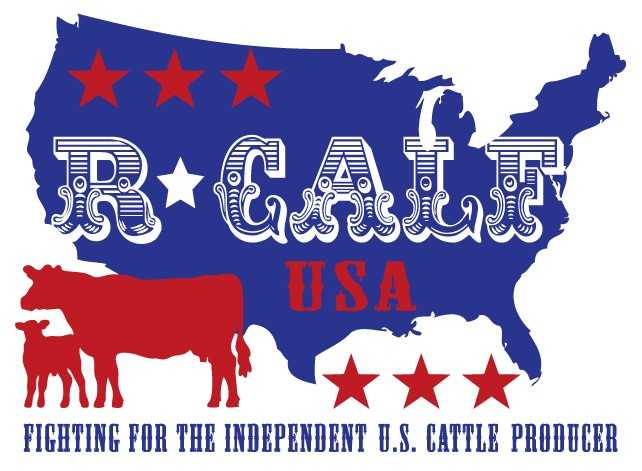![]()

Commentary by Bill Bullard, CEO, R-CALF USA
The U.S. Department of Agriculture’s (USDA) recently issued advance notice of proposed rulemaking titled Price Discovery and Competition in Markets for Fed Cattle is intended to resolve a very serious and chronic problem in the cattle industry’s fed cattle market. That problem is that a super majority of fed cattle have been shifted out of the industry’s price discovery market – the cash market – and into alternative marketing arrangements or AMAs.
By far the most common AMAs are agreements known as formula contracts. The way formula contracts work is that the cattle producer enters a contract to deliver cattle to the packer sometime in the future, but no base price for the cattle is agreed upon at the time the contract is executed. Instead, the base price is ultimately tied to the price discovered in the cash market at or about the time the cattle are actually delivered to the packer in the future.
In other words, cattle producers commit to deliver their slaughter ready cattle to the packer, but the cattle producer does not know what price he or she will receive until after the cattle are delivered because the price will depend on whatever price is discovered in the cash market when delivery occurs.
Now, if the cash market consists of many buyers and many sellers, then a producer’s dependency on the cash market for determining the price he or she will receive when the cattle are delivered sometime in the future under a formula contract is not necessarily a problem. This is because when there are many sellers and many buyers, robust competition is expected to result in discovering a fair market value for the cattle.
But in today’s marketplace, there are not many sellers and many buyers. Instead, there are only four packers that purchase over 80% of the cattle marketed by the 25,000 feedlots that remain in business in our U.S. cattle industry. So, today’s fed cattle market is one that has many sellers but only a handful of buyers.
To make matters worse, as the volume of cattle is shifted out of the cash market and into formula contracts, the cash market becomes ultrathin and subject to manipulation, and with only four dominant packers purchasing cattle in the cash market, there simply isn’t enough competition to ensure that the price of cattle discovered in the cash market reflects the fair market value of cattle.
What this means is that the base price for the super majority of cattle purchased by the packers under formula contracts is now tied to a cash market that is not only subject to manipulation, but it’s also too thin to establish a fair market value for cattle. As a general rule, thin cash markets result in lower cattle prices.
So, what do we do? How do we ensure that the price of fed cattle sold to the packers is a competitive price reflecting the fair market value of cattle? This is an important question because the price of those fed cattle ultimately translates to the prices that cow/calf producers, backgrounders, and stockers receive for their lighter weight cattle.
And the question of how to fix this problem is precisely the reason the USDA has issued its advance notice of proposed rulemaking under the title Price Discovery and Competition in Markets for Fed Cattle. Its purpose is to solicit ideas from the public regarding the best way to reinstate robust competition into what has become a highly dysfunctional fed cattle market.
This is by no means a new challenge. Beginning in 2020, a bill was introduced to address this problem by requiring each packing plants owned by the largest packers to purchase at least half their cattle in the price discovering cash market, and to slaughter those cattle within 14 days, hence the moniker “the 50/14 Bill.”
But the dominant beef packing lobby rallied against the measure arguing it would be too disruptive if each individual packing plant had to compete in the competitive cash market for half of their cattle needs, especially in regions like the TX/OK/NM region, where the volume in the cash market had shrunk to less than 3% of overall cattle sales.
In response to the meatpacking lobby’s opposition, another bill was introduced later that year that would have directed the Secretary of Agriculture to determine the minimum volume of cattle needed in the cash market in each region to ensure competitive cattle pricing, and to set the minimum percentage of cattle that each packing plant would be required to purchase in their respective region’s cash market to meet that minimum volume.
Fixing the fed cattle market so it can once again reflect fair market conditions and not be vulnerable to manipulation and other price distorting anticompetitive practices is one of R-CALF USA’s highest priorities for 2025.
**Update: On Jan. 10, 2025, R-CALF USA submitted comments supporting the USDA’s advance notice of proposed rulemaking, “Price Discovery and Competition in Markets for Fed Cattle.”
